Government Initiatives and Funding
Government initiatives aimed at combating antibiotic resistance are significantly influencing the mrsa drugs market in China. The Chinese government has recognized the urgent need to address the rising threat of antibiotic-resistant infections, including MRSA. As part of its national health strategy, the government has allocated substantial funding for research and development of new antibiotics and treatments. This funding is expected to enhance the capabilities of pharmaceutical companies to innovate and produce effective MRSA drugs. Additionally, public health campaigns aimed at educating the population about antibiotic stewardship are likely to further stimulate demand for MRSA treatments. The mrsa drugs market stands to benefit from these initiatives, as they create a conducive environment for growth and innovation.
Expansion of Healthcare Infrastructure
The expansion of healthcare infrastructure in China is positively impacting the mrsa drugs market. As the country invests in improving its healthcare facilities and services, the capacity to diagnose and treat infections, including those caused by MRSA, is expected to increase. Enhanced access to healthcare services allows for earlier detection and treatment of MRSA infections, which may lead to a higher demand for effective drugs. Moreover, the establishment of specialized infection control units within hospitals is likely to improve patient outcomes and reduce the spread of MRSA. Consequently, the mrsa drugs market is poised to benefit from these developments, as they create a more robust healthcare environment.
Increasing Incidence of MRSA Infections
The rising incidence of MRSA infections in China is a critical driver for the mrsa drugs market. Reports indicate that the prevalence of MRSA has been increasing, with studies showing that approximately 30% of staphylococcal infections in hospitals are caused by MRSA. This alarming trend necessitates the development and availability of effective MRSA drugs to combat these infections. As healthcare providers face challenges in managing these cases, the demand for innovative treatments is likely to surge. Furthermore, the growing awareness among the public and healthcare professionals about the dangers of MRSA is expected to drive market growth. The mrsa drugs market must adapt to these changing dynamics by investing in research and development to create new therapeutic options.
Advancements in Pharmaceutical Technology
Technological advancements in pharmaceutical research and development are propelling the mrsa drugs market forward. Innovations such as high-throughput screening and bioinformatics are enabling researchers to identify potential drug candidates more efficiently. In China, the integration of artificial intelligence in drug discovery processes is becoming increasingly prevalent, potentially reducing the time and cost associated with bringing new MRSA drugs to market. Furthermore, the development of novel drug delivery systems may enhance the efficacy of existing treatments, thereby expanding the market. As these technologies continue to evolve, they are likely to play a pivotal role in shaping the future of the mrsa drugs market, fostering a more competitive landscape.
Rising Awareness of Antibiotic Resistance
The growing awareness of antibiotic resistance among healthcare professionals and the general public is a significant driver for the mrsa drugs market in China. Educational campaigns and media coverage have highlighted the dangers posed by resistant strains of bacteria, including MRSA. This heightened awareness is prompting healthcare providers to seek effective treatment options, thereby increasing the demand for MRSA drugs. Additionally, as patients become more informed about their treatment options, they are likely to advocate for effective therapies, further driving market growth. The mrsa drugs market must respond to this trend by ensuring that effective and safe MRSA treatments are accessible to those in need.


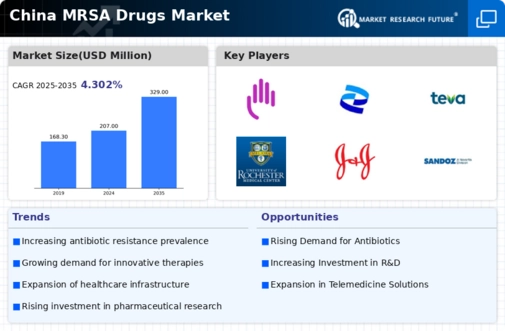
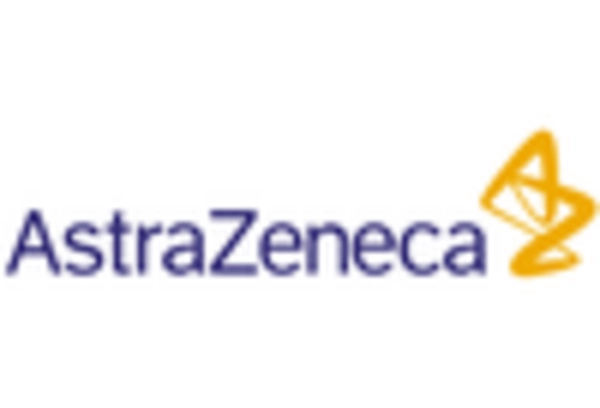

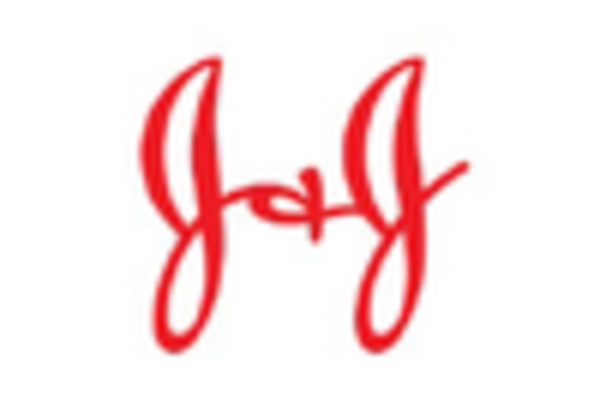
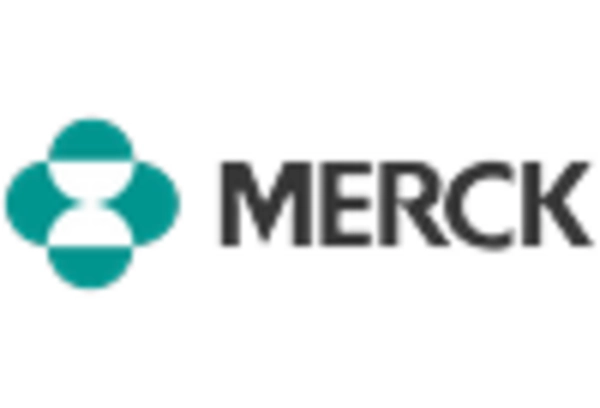
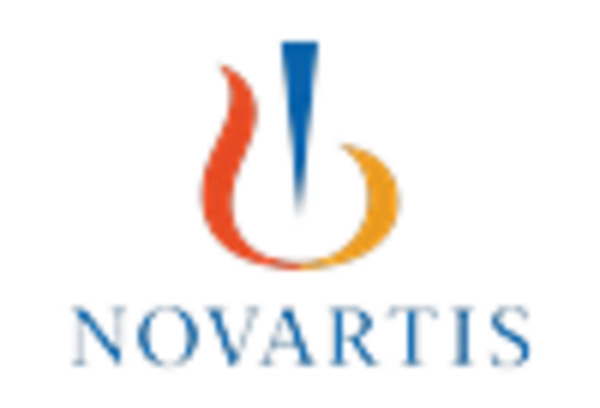
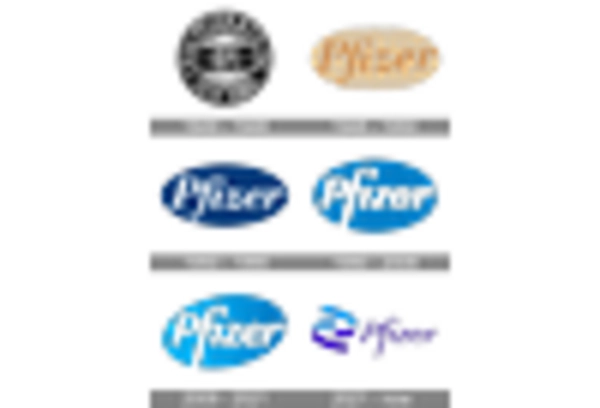








Leave a Comment